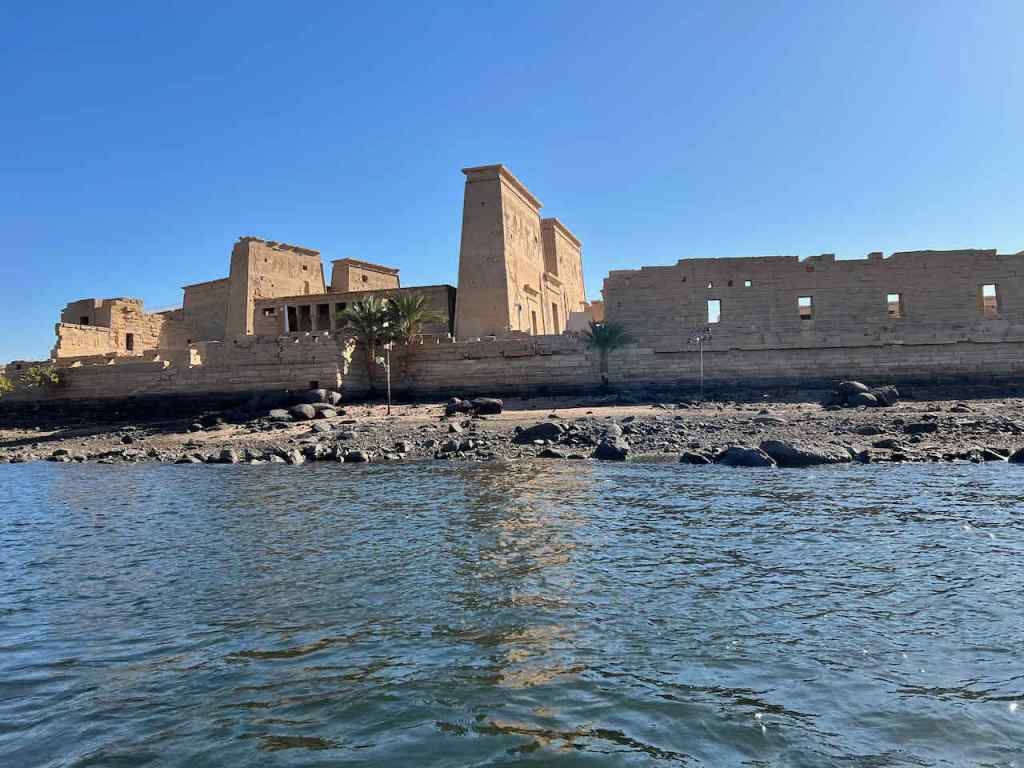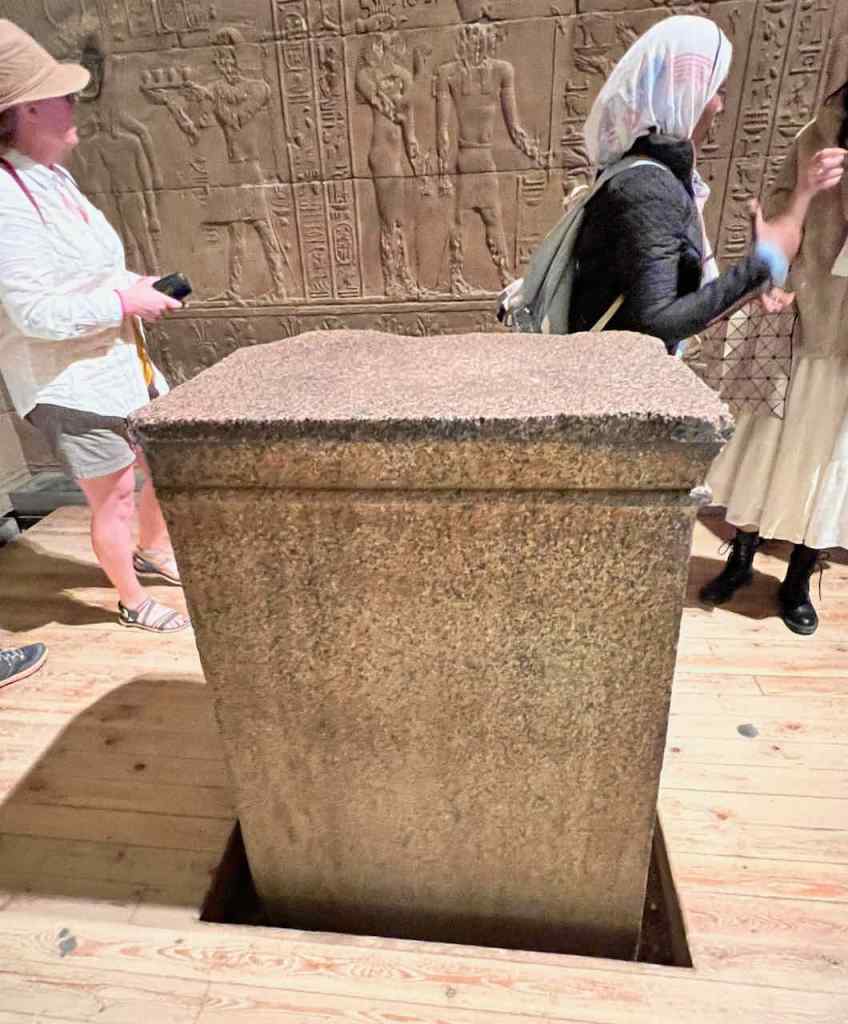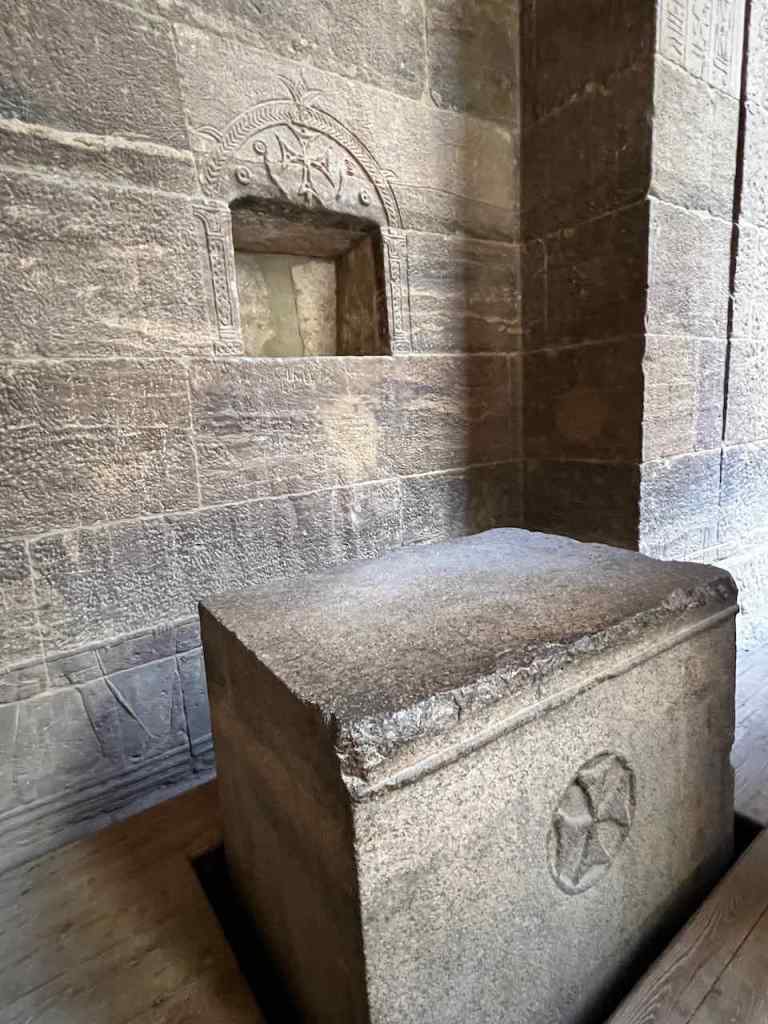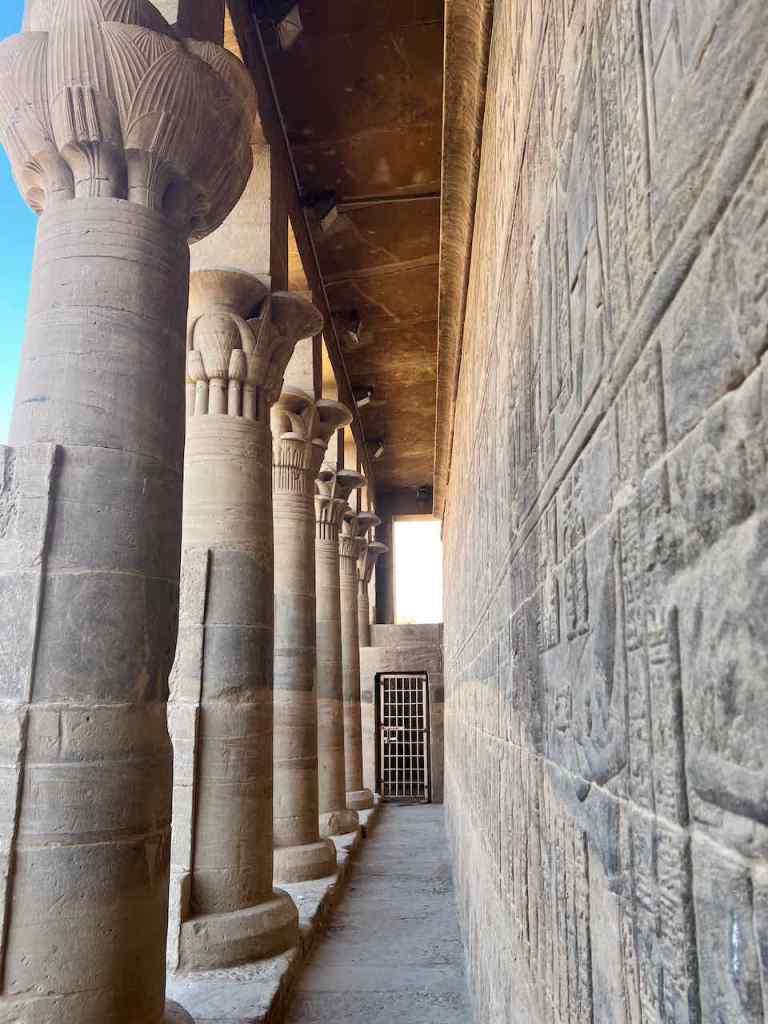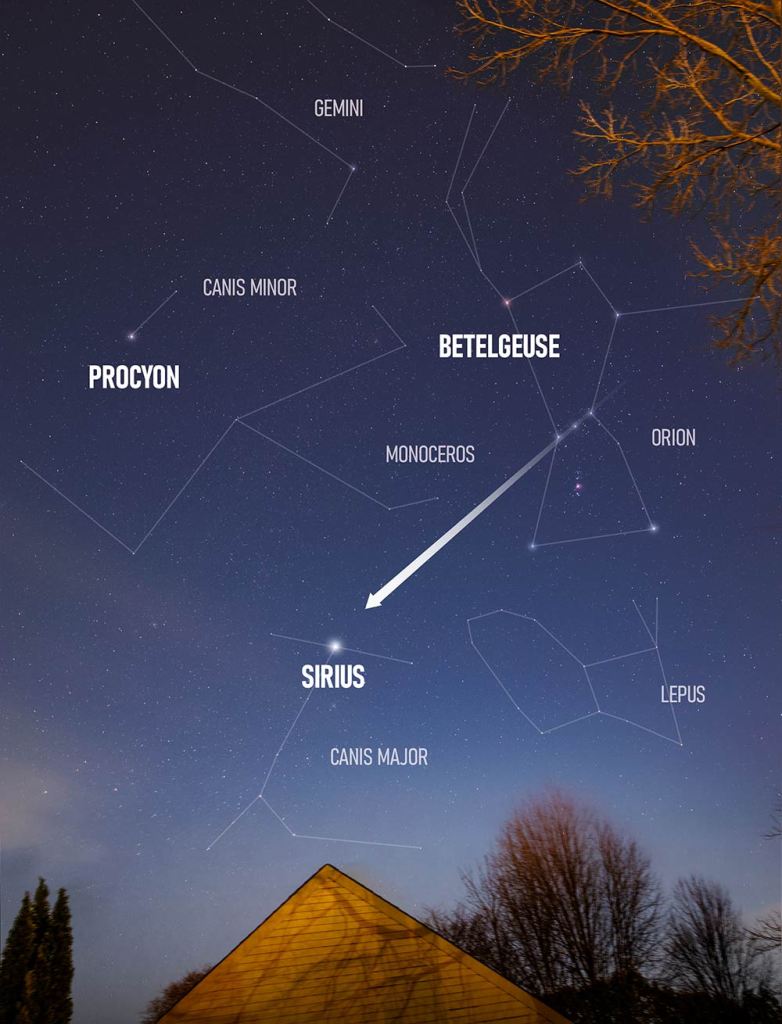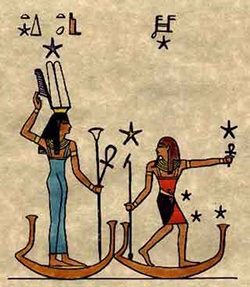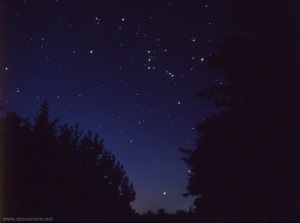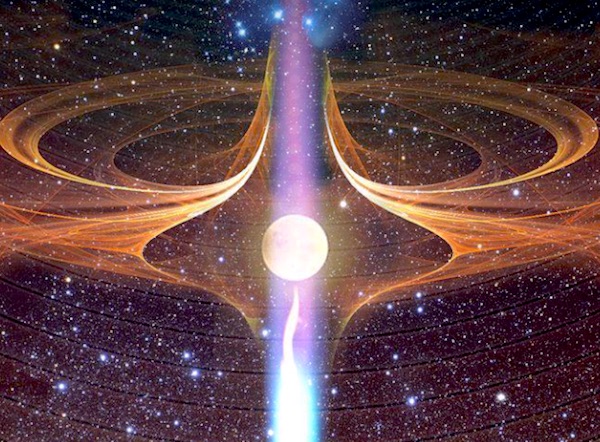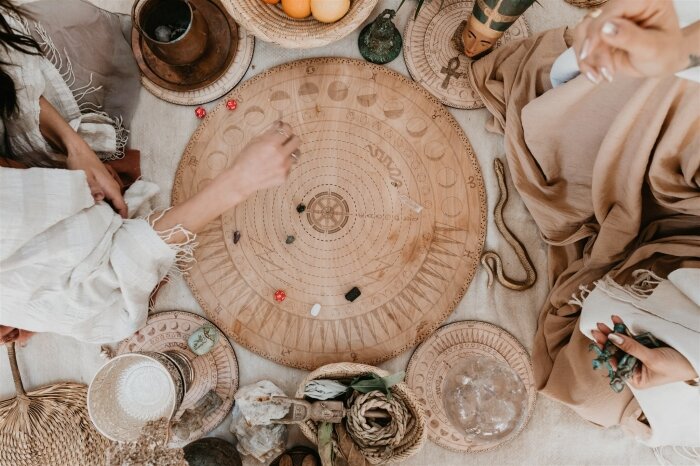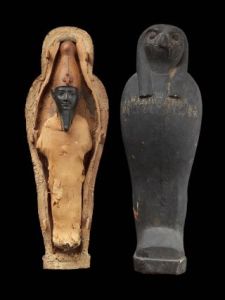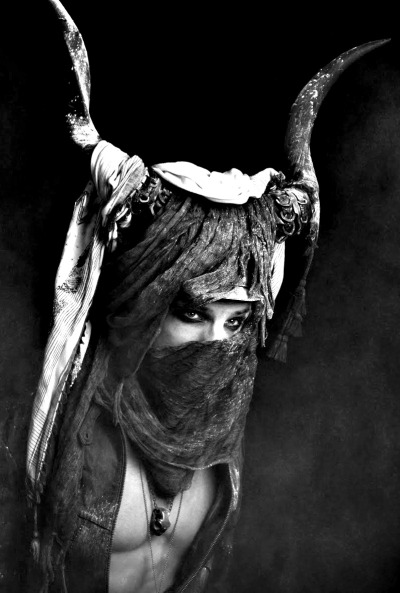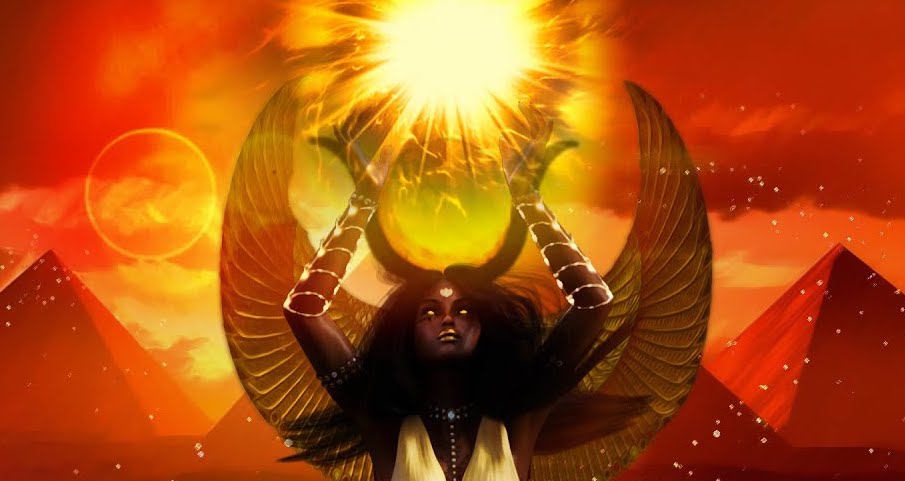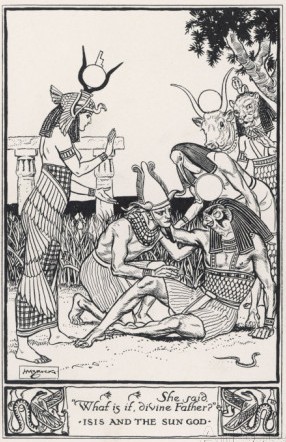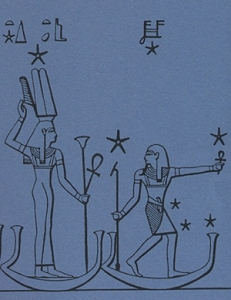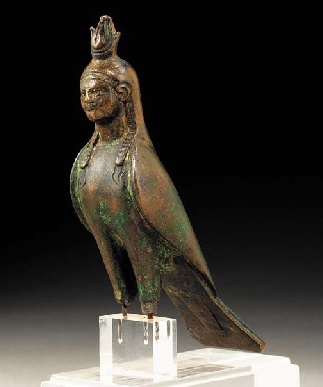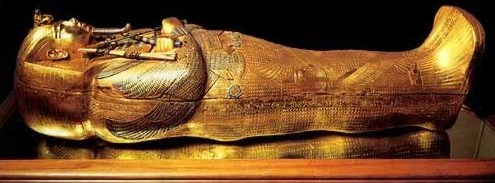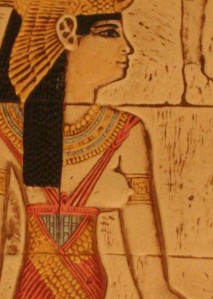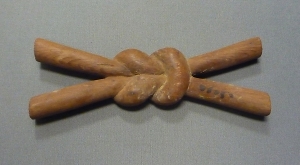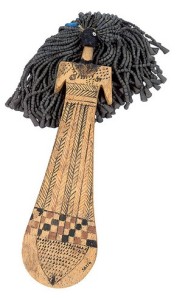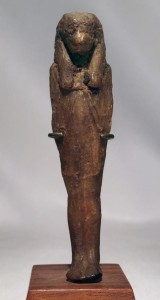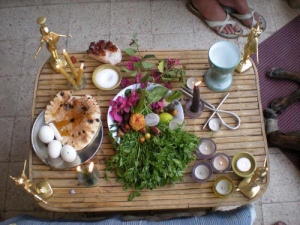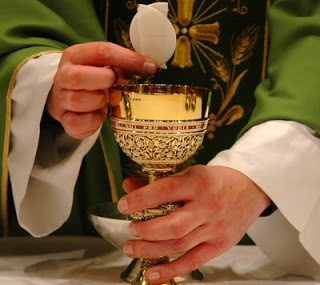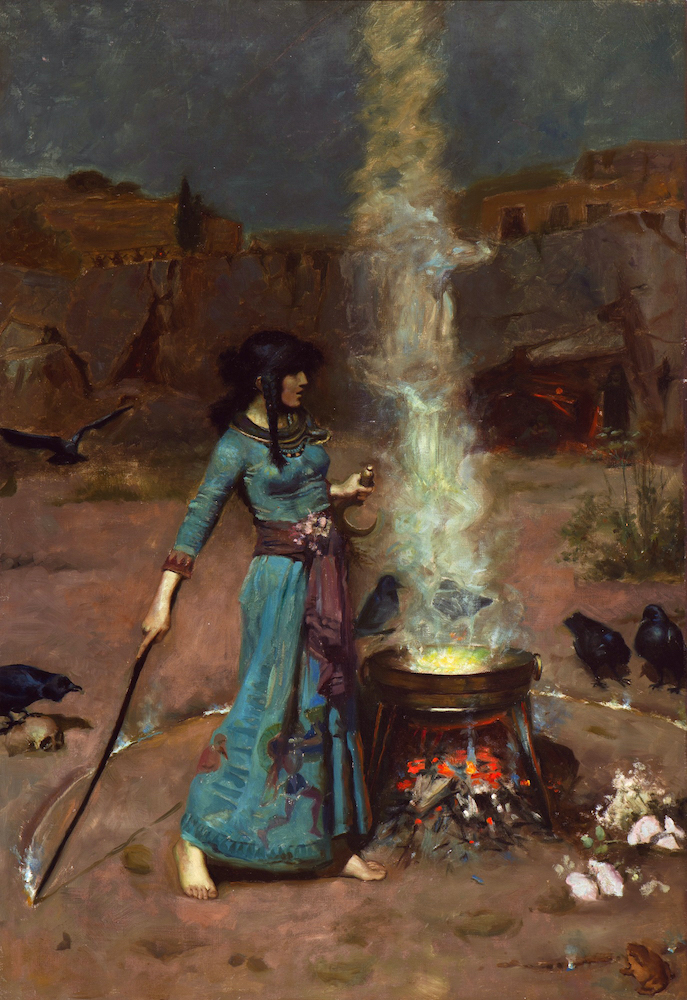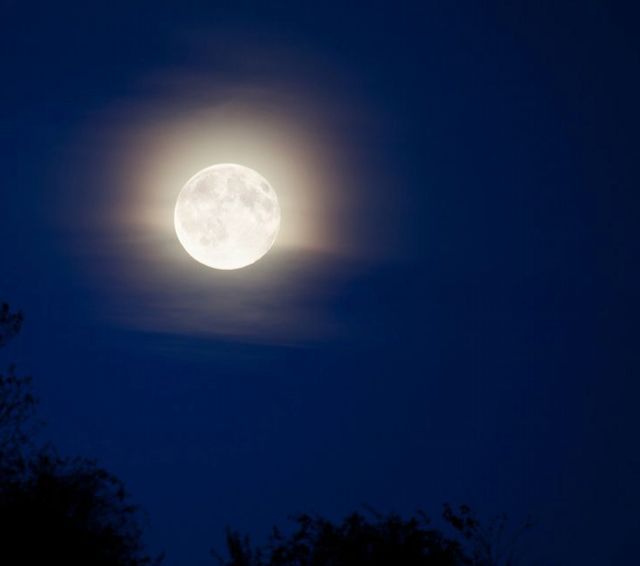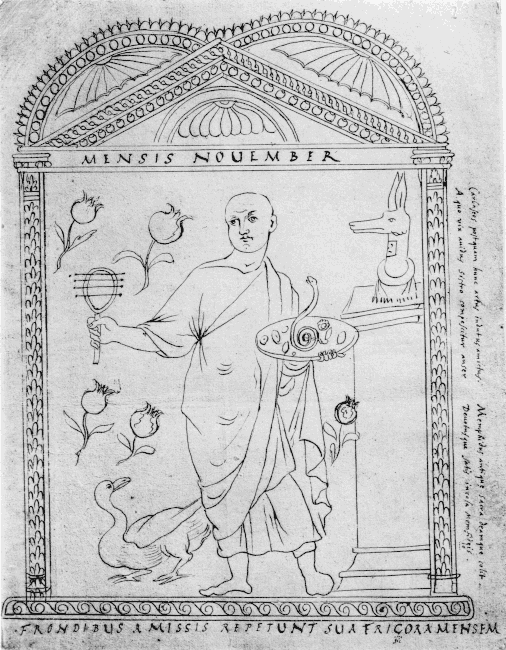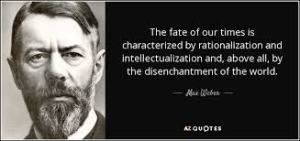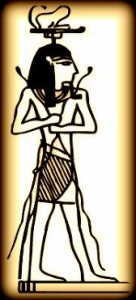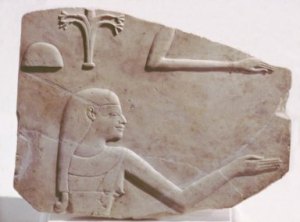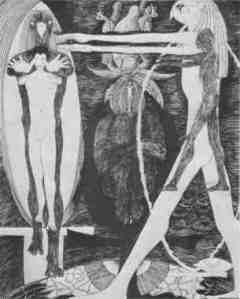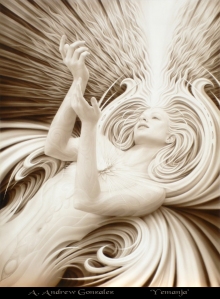
Enough people have asked me about the connection between Isis and Hekate that I guess it’s time to do some pondering about that. So let’s.
I’ve had the privilege of meeting both these Goddesses in ritual over the years. As you know, I have been a devotee of Isis for, well by now I can round up to “forever.” Hekate has always been in my Dark Goddess mix, but I had an opportunity to serve as Hekate’s oracle at our last community fall equinox celebration—which meant that I spent a lot of time invoking and experiencing Her over an extended period of time in preparation for the rite.
The question before us is often asked as to whether Isis “is the same as” Hekate—as She is so decidedly said to be in several ancient texts that we have left to us. (Specifically, Apuleius’ Golden Ass and the aretalogy of Isis in Oxyrhynchus papyrus 1380, to name two.)
As is so often the case, for me, the answer is both yes and no.
Let’s look at the “no” side of the answer first.
From my personal experience, I can say that the two Goddesses feel quite different. That said, for the festival rite above, I was working very hard to psychically tune into Hekate specifically. I needed to separate myself from my easy connection with Isis and come to a place where I could “hear,” then speak aloud, the words of Hekate. For our ritual, we were invoking both the “witchy” Hekate that so many people are familiar with today, as well as the Theurgic Hekate of the Chaldean Oracles and from Whom at least some of the Oracles were channeled.
How you might answer this question for yourself depends in part on your own experiences and what variety of Pagan (I am using “Pagan” in its broadest, modern sense) you consider yourself to be. If you’re a ‘hard’ polytheist, then your answer is likely to be that They are two quite separate Goddesses and never the twain shall meet. They come from different lands, are part of different pantheons, and are separate personalities with Their own individual needs, wants, and agendas. (All of this is true, of course.)
In this case, the answer to our question is a simple no; Hekate is not the same as Isis nor vice versa. The two Goddesses are quite distinct.
The “yes” side of the answer is, well, a bit more complicated.
And it again depends on what you think about the structure of the Divine Reality and how it works. Here are two posts on some of the various ways we could think about that Divine Reality and how Isis might look through those various lenses: Isis, the One & the Many; and Isis, the One & the Many More.

Your answer might also depend on what you think about syncretism or theocrasia, the mixing of Deities, in this case, Isis-Hekate. This is not a modern invention; the ancients did it all the time. It was common throughout the Hellenic and Roman worlds. But it was especially true in Egypt. Egyptian Deities can become one another, take up each other’s traits, or be the ba, or manifestation, of each other. Isis-Hathor is a very Egyptian example.
Isis and Hathor also feel different to me on Their own, and yet They are intimately connected, each residing in the other’s temples and having harmonious attributes and powers. When syncretism was done cross-culturally, I’ve always believed it was a way for people to understand each other’s Deities. “Oh, you’ll like Isis, She’s sorta like Demeter, but different and Egyptian.”
The image you see to the right is identified by the National Archeological Museum of Athens as “Isis the Magician.” She is portrayed like most Hellenistic Isis images: Isis knot between the breasts, Egyptian wig, uraeus crown-base on Her head (the rest of the headdress may be missing). The missing arm probably held a sistrum or a serpent. But She has three faces. This is a very unusual portrayal of Isis. Some Egyptian Deities are shown with multiple heads, but it is usually two or four (the Two Lands frequently prefer even numbers), though triplicities were important in Egyptian symbolism, too.
However, triple faces/heads/bodies are not at all unusual for Hekate. So, are we looking at a syncretic Isis-Hekate in the statuette now in Athens? Is that why the museum has identified the image as “Isis the Magician”? I think so. In Sorita d’Este’s book, Circle for Hekate, she notes another Isis-Hekate on Roman-period coins from Memphis, Egypt. It shows a triple-faced Goddess standing next to the Apis bull, which was considered the ba of Osiris in Memphis. The Apis’ connection with Osiris would argue for the triple-faced Goddess’ identity as Isis, Isis the Magician, or even Isis-Hekate.
Now, I’d like to return to the texts mentioned above, the ones that equate Isis and Hekate—just so you know what they say. The first one is from Apuleius’ ostensibly fictional tale of initiation into the Mysteries of Isis. It is from the speech that the Goddess Herself makes when She comes to rescue the protagonist, Lucius, from having been magically turned into an ass. She lists all the many different names that She is called by people throughout the Mediterranean. She says that She is called Venus and Diana and Ceres and Proserpine (Apuleius is writing in Latin, so the Goddesses are the Roman ones) and Juno and Bellona and Hekate and Rhamnusia (aka Nemesis), but that Her true name is Queen Isis.

The second one is found in one of the papyri from Oxyrhynchus, Egypt. The text gives the names by which Isis is known in cities throughout Egypt and the Mediterranean. It tells us that in Caria (in Asia Minor), Isis is called Hekate. Some of you may know of Hekate’s great temple at Lagina, Caria. Surely, the author is thinking of this Hekate and naming Her as Isis. Hekate also had a shrine at the temple of Artemis of Ephesus, also in Caria. Who else did? Yep, it was Isis. You can read the whole Oxyrhynchus aretalogy of Isis here.
Why was it so easy for these authors, writing in about the second century CE, to identify Isis with Hekate? Well, once you start looking into it, turns out that there are quite a few rather solid connections between the two Goddesses. But since this post has already gotten fairly long already, we’ll detail those next time in Part 2.














